
E-mail: font@focusonnature.com
Phone: Toll-free in USA 1-888-721-3555
or 302/529-1876
 |
PO
Box 9021, Wilmington, DE 19809, USA E-mail: font@focusonnature.com Phone: Toll-free in USA 1-888-721-3555 or 302/529-1876 |
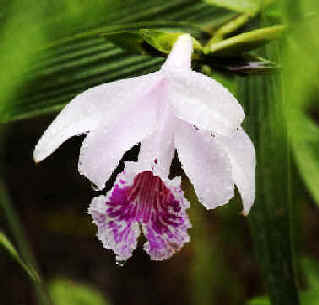
Orchids
of the
Americas
in North America
from
the East Coast to Alaska,
and in
the Caribbean, Mexico
Central America
and South America
with those during
Focus On Nature Tours
thru 2014
noted with an (*)
during tours in the months of
January, February, March, April,
May, July, November, and December
This List of Orchids of the Americas compiled by Armas Hill
Photo at upper right:
the orchid, SOBRALIA ROSEA
photographed during the FONT tour
in southern Ecuador in April 2014
(photo by Marie Gardner)
FONT tours in the Americas during
which orchids have been seen have been in the eastern US, Alaska, Mexico, Central America, South America, and on islands
in the Caribbean.
Some of the countries during which we have seen them have included Argentina,
Belize, Brazil, the Cayman Islands, Costa Rica, the Dominican Republic, Ecuador,
Guatemala, Jamaica, and Panama, in addition to the US and Mexico noted above.
Links to Some of the Orchid
Families in this List:
Amerochis
Aplectrum Arethusa
Bletia Brassia Calopogon Calypso
(Fairy Slippers) Cattleya
Cephalanthera Cleistes (Spreading Pogonias) Coeloglossum
Corallorhiza (Coralroots)
Cypripedium_(Ladies Slippers)
Cyrtopodium Dactylorhiza Dendrophylax
Dichromanthus Dracula
Encyclia
Epipactis (Hellborines) Epidendrum
Eulophia Galeandra Galearis Gongora
Goodyera (Rattlesnake-plantains) Habenaria
Hexalectris Isotria Laelia Liparis (Twayblades)
Listera (Twayblades) Lycaste Malaxis
(Adder's-mouth Orchids) Masdevallia Maxillaria
Odontoglossum Oncidium
Piperia Platanthera
Pleurothalllis Pogonia
Ponthieva Prosthechea
Pteroglossaspia Sobralia
Sacolla Spriranthes (Ladies Tresses)
Tipularia Triphora Vanilla
Zeuxine
Genera among the above Links
with Species in ALASKA: Calypso, Cypripedium,
Dactylorhiza, Piperia, Platanthera
Genera among the above Links with Species in ARIZONA:
Dichromanthus, Hexalectris, Malaxis
Genera among the above Links with Species in CENTRAL NORTH
AMERICA: Amerochis, Aplectrum, Arethusa, Calopogon, Calypso, Coeloglossum,
Corallorhiza, Cypripedium, Epidendrum, Galearis, Goodyera, Habenaria,
Hexalectris, Isotria, Liparis, Listera, Malaxis, Platanthera, Pogonia, Ponthieva,
Spiranthes, Triphora
Genera among the above Links with Species in EASTERN NORTH AMERICA: Amerochis,
Aplectrum, Arethusa, Calopogon, Calypso, Cleistes, Coeloglossum, Corallorhiza,
Cypripedium, Epipdedrum, Epipactis, Galearis, Goodyera, Habenaria, Hexalectros,
Isoteia, Liparis, Listera, Malaxis, Platanthera, Pogonia, Ponthieva,
Pteroglossaspis, Spiranthes, Tipularia, Triphora
Genera among the above Links with Species in
FLORIDA:
Bletia, Calopogon, Cyrtopodium, Dendrophylax, Dichromanthus, Encyclia,
Epidendrum, Eulophia, Habenaria, Inopsis, Listera, Prosthechea, Pteroglossaspia,
Sacolla, Triphora, Vanilla, Zeuxine
Genera among the above Links with Species in TEXAS:
Dichromanthus, Epipactis, Hexalectris
Genera among the above Links with Species in WESTERN NORTH
AMERICA: Amerochis, Calypso, Cephalanthera, Coeloglossum, Corallorhiza,
Cypridedium, Epipactis, Goodyera, Habenaria, Listera, Piperia, Platanthera,
Spiranthes
AN
ALPHABETICAL DIRECTORY OF PLANT GENERA IN THIS WEBSITE NOTING FAMILIES
A
Photo Gallery of Plants during a FONT Tour in the Dominican Republic
with some of the photographed
plants not identified. If you can ID any, we'd greatly
appreciate.
A Photo Gallery of Plants during
some FONT Tours in Ecuador
with some of the photographed plants not identified. if you can ID any,
we'd greatly appreciate.
Codes:
AK: in
Alaska AZ: in Arizona
BR: in Brazil BZ:
in Belize CR: in Costa
Rica CNA: central North America
CY: in the Cayman
Islands DR: in the Dominican
Republic EC: in
Ecuador ENA: eastern North
America
FL: in Florida GU: in Guatemala JM: in
Jamaica MX: in Mexico
PN: Panama PR: Puerto Rico
TX: in Texas WNA: western North America
(ph): species with a photo in the FONT web-site
Other Links:
Information about
Upcoming FONT Birding & Nature Tours:
in the Caribbean in
Central America in
South America (Brazil and Ecuador)
or by month in: 2015
or:
by geographic locations worldwide
Lists and Photo Galleries in this Website of Other Nature:
Birds in: the Caribbean Central America South America (Brazil) South America (Ecuador)
A List and Photo Gallery of Hummingbirds in 2 parts
Mammals: the Caribbean Central America South America
Butterflies
and Moths in: the
Caribbean
Central America
South America
Other Lists and Photo Galleries in this website relating to
Plants:
Tropical Plants in the Americas (in two parts, in the Caribbean, Mexico, Central and South America)
Tropical Plants on West Indian Islands in the Caribbean Fruiting Plants and Others in Brazil
Wildflowers & Other Plants in Texas Desert Plants of the Southwest US & northern Mexico
Wildflowers & Other Plants in Eastern North America, in two parts
Northern Plants in Alaska, Iceland, & the mountains of Hokkaido, Japan
(with some notes about medicinal and edible plants)
Links to Other
Lists & Photo Galleries of Plants Directory of Photos in this Website
A List of Orchids
of the Americas:
Family ORCHIDACEAE
(Orchids)
The numerous ORCHIDS
of the world can be said to be of 3 types:
1) Many grow on trees. They are EPIPHYTES.
2) Those that grow on rocks are LITHOPHYTES.
3) Those that grow in the ground are TERRESTRIALS.
Numbers in this list noted as (BPO:xx) refer to pages with photos
in the book "Botanica's Pocket Orchids", 2007.
Numbers noted as (SSO:xx) refer to numbers of photos in the book "Simon
and Schuster's Guide to Orchids", by Alberto Fanfani and Walter Rossi,
edited by Stanley Schuler, published by 1988.
Numbers in this list noted as (NW:xxx) refer to pages with photos in the
book the "National Wildlife Federation Field Guide to Wildflowers
of North America" by David Brandenburg, published in 2010.
Some of the color illustrations in this list are from the book "Flowers
of Guatemala" by Carol Rogers Chickering.
These illustrations were done about 50 years ago in 1964-1965. The book was
published in 1973.
++++++++++++++++++++++++++++++++++++++++++++++++++++++++++++++++++++++++++++++++++++++++++++++
On the Caribbean island of Hispaniola, there are about 350
described species in ORCHIDACEAE.
Even on the small Cayman islands in the Caribbean, alone, there are 26
species of native orchids.
Those that are endangered there are noted as such below.
During FONT tours on Grand Cayman Island, we visit an outstanding place, the
Queen Elizabeth II Botanic Park, not only for the fine birding we have
there, but also to see the wonderful array of plants, many of which are
native to the Caribbean.
A link to information about FONT tours,
in the Caribbean and elsewhere, is above in this file.
Even as far north as in Alaska, there are, as
there are in the Cayman Islands, 26 species of orchids - in 9 or 10
genera.
In the rather small Central American country of Guatemala,
there are about 1,500 species of orchids. Although small, Guatemala does
have a good variety of different habitats.
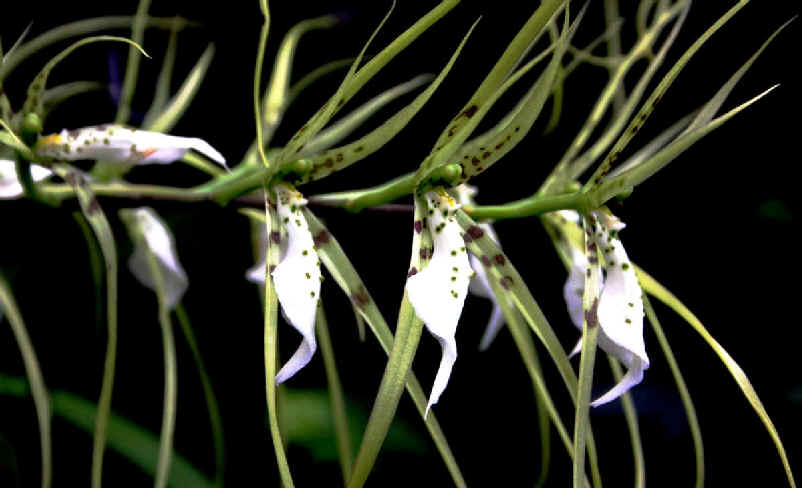
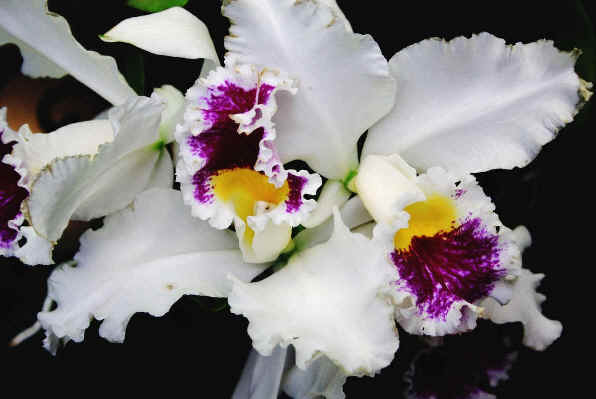
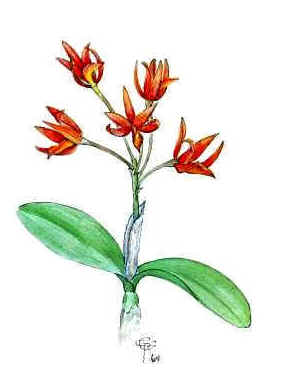
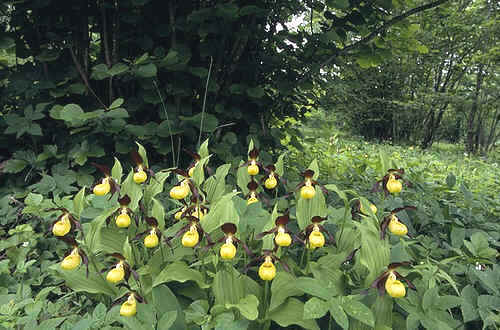
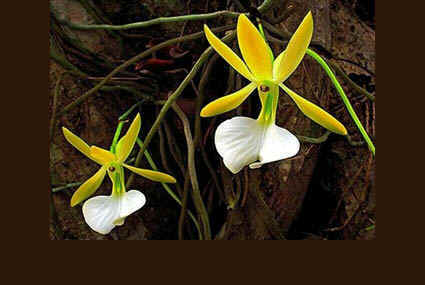
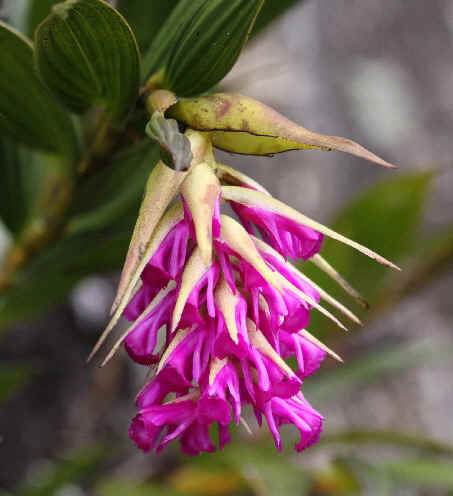
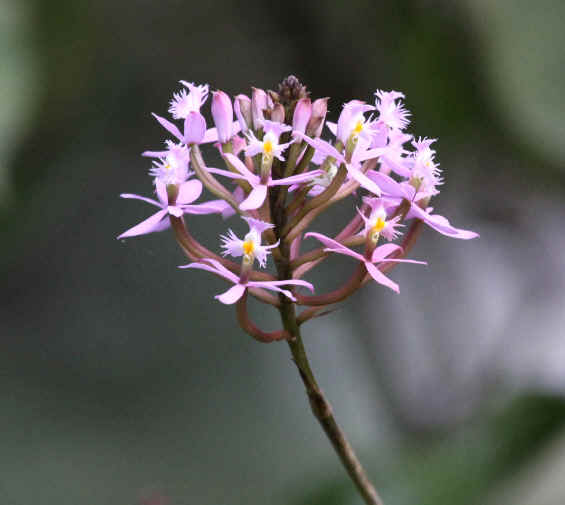
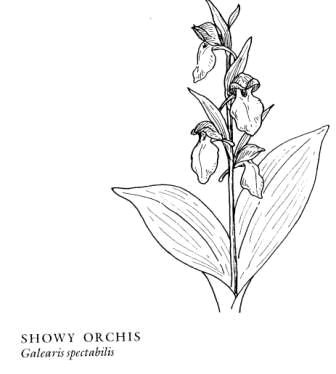
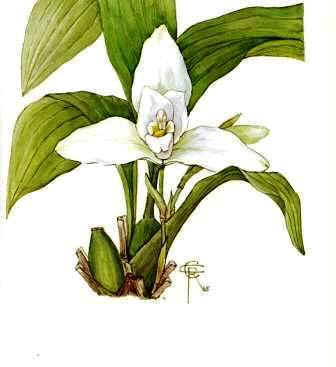
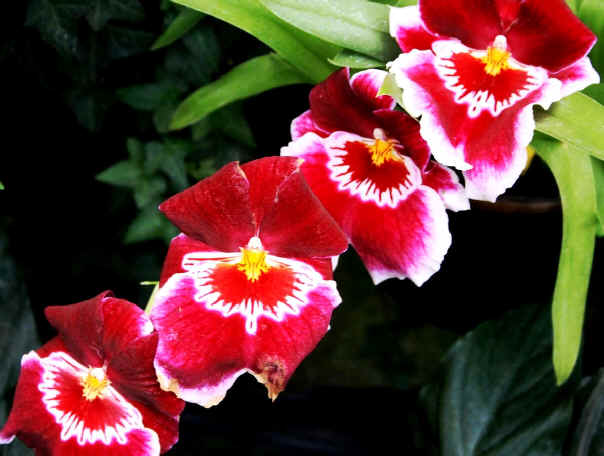
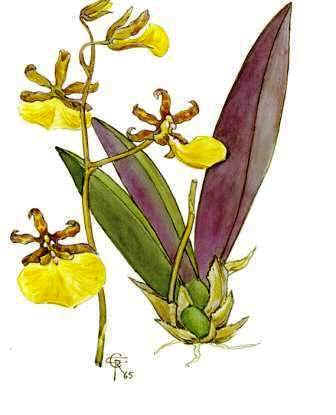
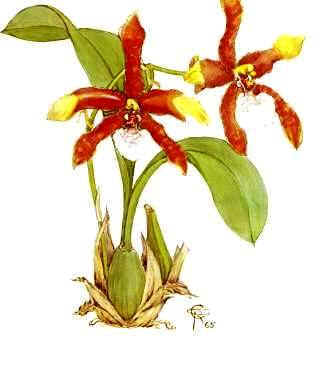
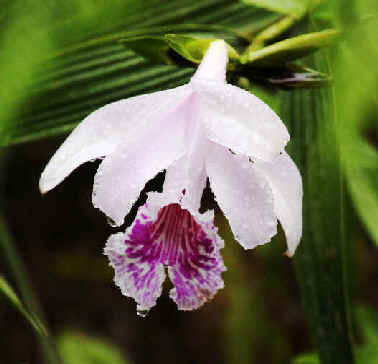
![]()